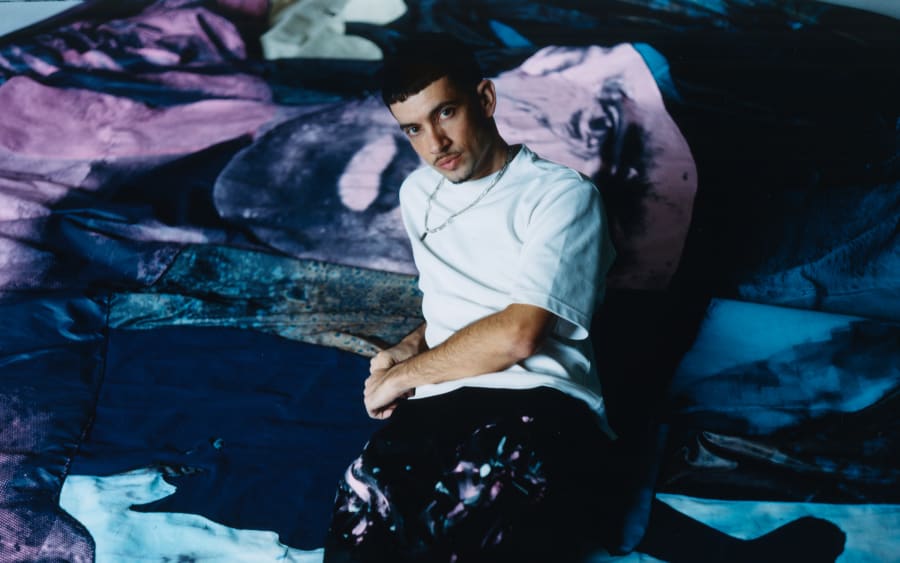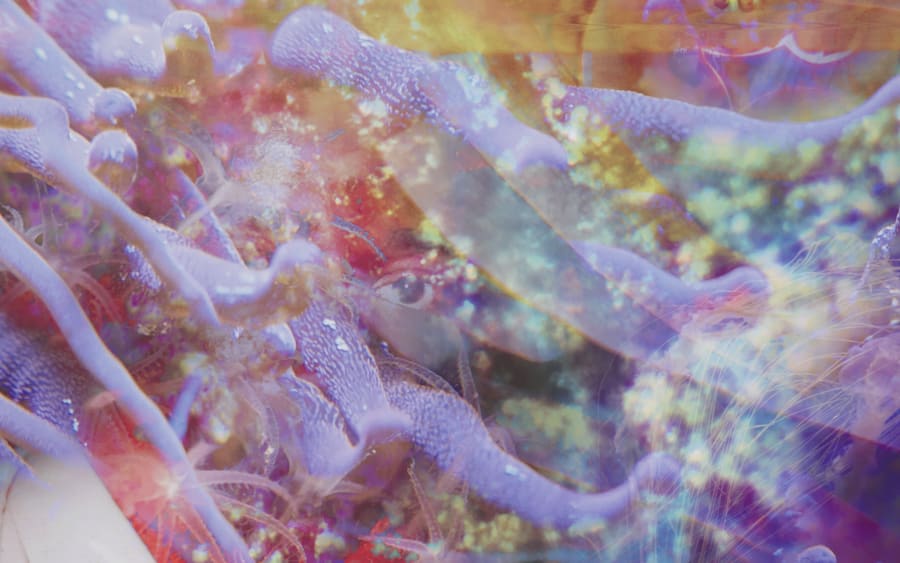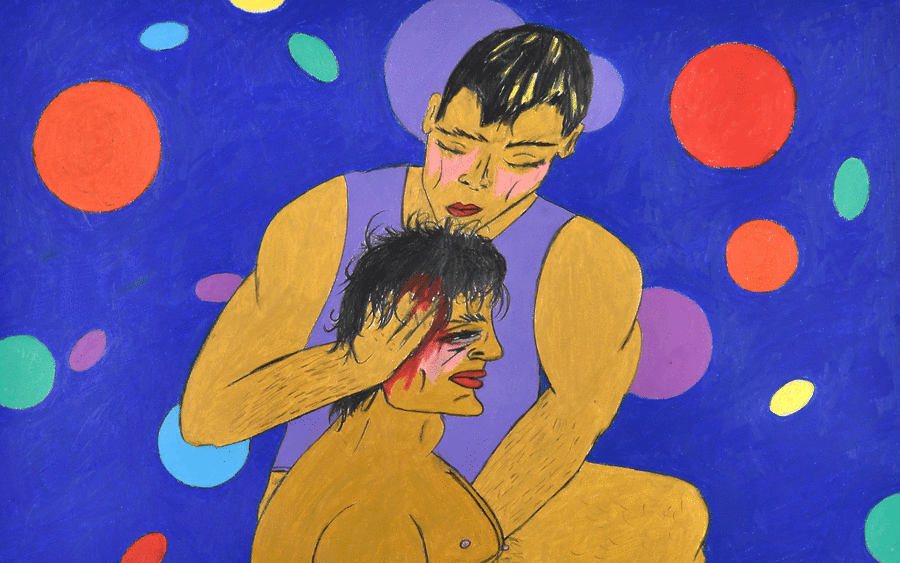‘I want to bring my community into spaces where we are underrepresented, or which are difficult for us to access,’ says musician, DJ, dancer, and queer activist Kiddy Smile. A leading figure of the French ballroom scene, who performed at the presidential Élysée Palace in 2018 wearing a t-shirt that read ‘Son of an immigrant, Black and gay,’ Smile pushes the boundaries of gender, class, and race, embodying a multitude of identities and causes. It’s hard to imagine a more flamboyant and inspirational character to helm the latest edition of Nouveau Printemps in Toulouse, succeeding the writer and director Alain Guiraudie in 2024 and designer matali crasset in 2023.
Nouveau Printemps was founded more than 30 years ago in the small town of Cahors in Occitaine. Known initially as Printemps de la Photographie, it later relocated to Toulouse, where it became Printemps de septembre, before assuming its current name in 2022. ‘We have two ground rules: invest in a different neighborhood of the city each year, and partner with an artist to develop the program with the team and partners,’ explains the festival’s artistic director, Clément Postec, who sees in these fundamental objectives a rich ground for hybridization, around which is organized a program featuring almost 40 artists.
The 2025 iteration centers around the city’s popular and multicultural district of Arnaud-Bernard Saint-Sernin, the history of which is intimately linked to immigration. Emerging from Smile’s invitations to artists and performers – including Soufiane Ababri, André Atangana, Raphaël Barontini, and Josèfa Ntjam, among others – are themes of love, bonds, and family. Here, love is a political force, a form of individual and collective practice, at the root of which lie questions of care and reparation. This year, from May 23 to June 22, Smile and his participating artists will occupy various heritage sites around the neighborhood.
‘Arnaud-Bernard is a neighborhood I care about deeply,’ explains Toulouse-born artist Meryem-Bahia Arfaoui. ‘I lived there intermittently; it was the working-class neighborhood of downtown Toulouse. But it has gentrified and no longer resembles what it once was.’ To pay homage to it, the artist has created a sound work for Nouveau Printemps, accessible via QR codes dotted around the city walls, that acts as an archive of the area and its inhabitants. ‘This neighborhood has a very strong antifascist history. Given current events, it seems to me that we should not forget it.’
At the city’s Library of Studies and Heritage, Barontini also draws on the thread of memory in his textile compositions. Seizing on the figure of the Creole storyteller, the artist creates an immense, colorful tapestry interweaving dyed fabrics, screenprints, and digital impressions. Suspended under the glass dome of this imposing building dedicated to human learning, Barontini’s installation speaks of oral transmission and ostracized narratives, questioning the hierarchization of knowledge.
‘It’s in the DNA of the festival to commission each year a series of works for specific spaces, creating a dialogue between an artist and a place,’ explains Postec. For Ntjam and Tarek Lakhrissi, this dialogue evolves with the Chapel of the Carmélites, a building richly decorated with gilt, marble, and a fully frescoed ceiling. Here, each multidisciplinary artist presents a film in which real and fictional images combine to repair the flaws in our collective memories.
A few hundred meters away, at the Saint-Raymond Archaeological Museum, Ababri responds to the institution’s collection of ancient busts. For the first time, the Moroccan artist – best-known for his series of naïve-style homoerotic pencil drawings of non-Western bodies, ‘Bedworks’ (2016–ongoing) – presents a sculpture. ‘The role of the festival is to shift practices and allow experimentation,’ observes Postec. To this end, Ababri has devised a bench for the museum’s outdoor space that, in uniting two individual busts, enables us to envisage, perhaps, a carnal union, an intensefriendship, or two soulmates.
This year’s Nouveau Printemps unfolds across diverse levels of curatorial invitation, allowing others to take up the theme in turn. Curator Yandé Diouf draws inspiration from Smile’s life story to conceive the exhibition ‘Faire Famille’ (Making Family), which brings together 14 artists whose works permeate different parts of the neighborhood. Drawing on the intrinsic role played by houses in the ballroom scene, Diouf opens up a discussion about the multiple ways in which families can be created. ‘What is generated in the wake of absence, movement, and displacement? How do we make families – culturally, politically, or through our own invention?’ The curator, who also speaks of ‘gender trouble and convergence of struggles,’ makes room in this exhibition for silenced or ignored narratives and, in drawing on the energy of the ballroom, suggests how to transform oppression into a ‘creative and vital force.’
Smile’s own contribution, the group show ‘A House Should Be a Home’ – co-organized with curator Mathilda Portoghese – occupies the city’s medieval Cordeliers Chapel, with its sober ecru walls and pink brick rib vaults. Here, the artist utilizes the vocabulary of intimacy, inviting his entourage to join him through different mediums – photography, film, performance – to speak of the strong bonds that unite members of the ballroom scene and how it became, and remains, a refuge.
For Smile, ‘the ballroom scene is the expression of oppressions that are still very current.’ Often fantasized, yet so much more than just an aesthetic, this scene is a microcosm with its own practices and codes – a true refuge for the multiple communities of which it is composed. ‘Today, if I have to look at my house, I would say it’s a family that doesn’t have a physical home,’ Smile concludes, as an analogy of his curatorial project for Nouveau Printemps. This is a hybrid, impetuous, and tentacular community that, for this season, has made Toulouse the home of its struggles and joys.
The Nouveau Printemps will take place in Toulouse from May 23 to June 22, 2025.
Josèfa Ntjam is represented by Galerie Jérôme Poggi (Paris) and Nicoletti (London).
Raphaël Barontini is represented by Mariane Ibrahim (Chicago, Mexico City, Paris).
Soufiane Ababri is represented by The Pill (Paris) and Dittrich & Schechtriem (Berlin).
Tarek Lakhrissi is represented by Galerie Allen (Paris).
Soizic Pineau is a freelance writer based in Marseille.
English translation: Art Basel.
Caption for header image: Kiddy Smile, House of Gorgeous Gucci. Photograph by Frederic Aranda.
Published on May 15, 2025.


